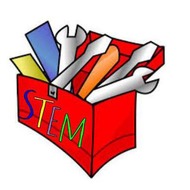(View Complete Item Description)
Students are challenged to design and program Arduino-controlled robots that behave like simple versions of the automated guided vehicles engineers design for real-world applications. Using Arduino microcontroller boards, infrared (IR) sensors, servomotors, attachable wheels and plastic containers (for the robot frame), they make "Lunch-Bots." Teams program the robots to meet the project constraints—to follow a line of reflective tape, make turns and stop at a designated spot to deliver a package, such as a sandwich or pizza slice. They read and interpret analog voltages from IR sensors, compare how infrared reflects differently off different materials, and write Arduino programs that use IR sensor inputs to control the servomotors. Through the process, students experience the entire engineering design process. Pre/post-quizzes and coding help documents are provided.
Material Type:
Activity/Lab
Author:
Mark Supal




















